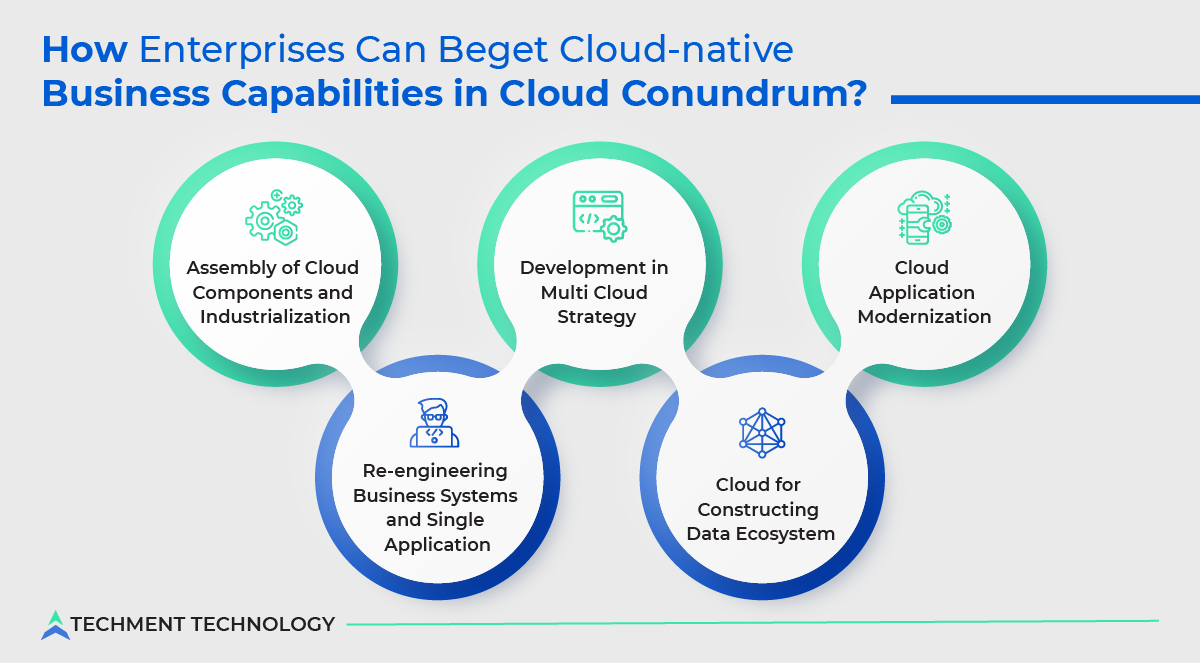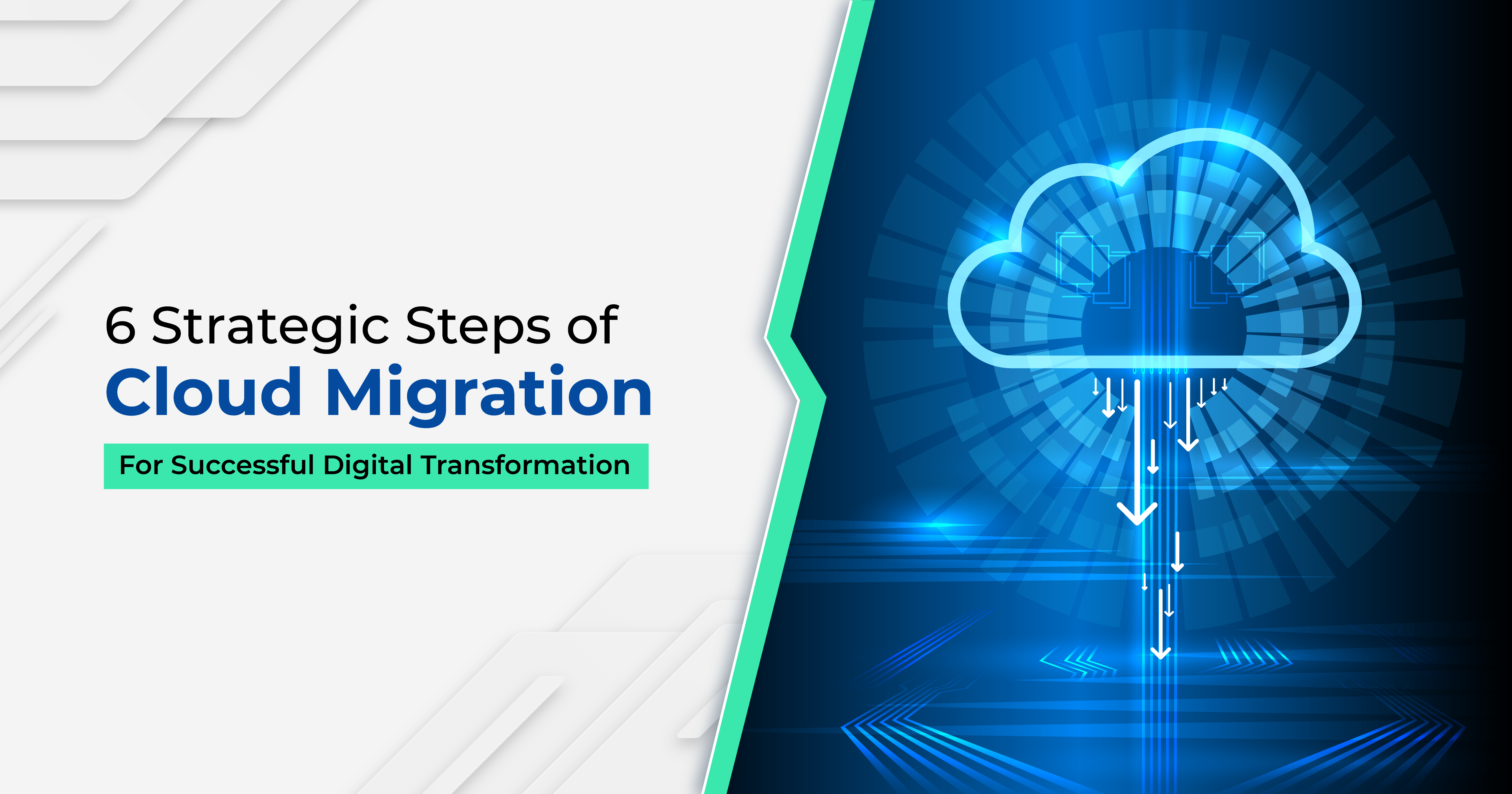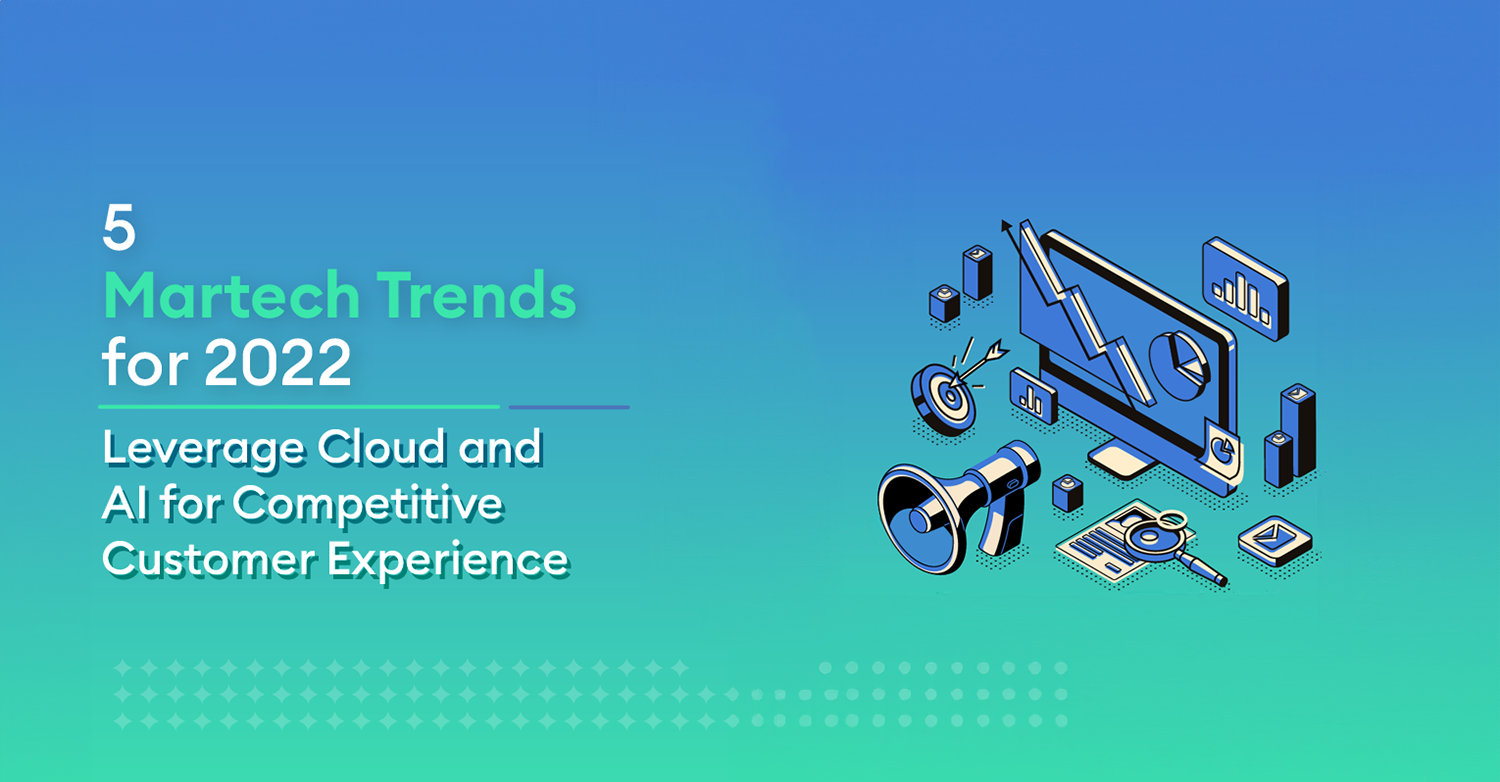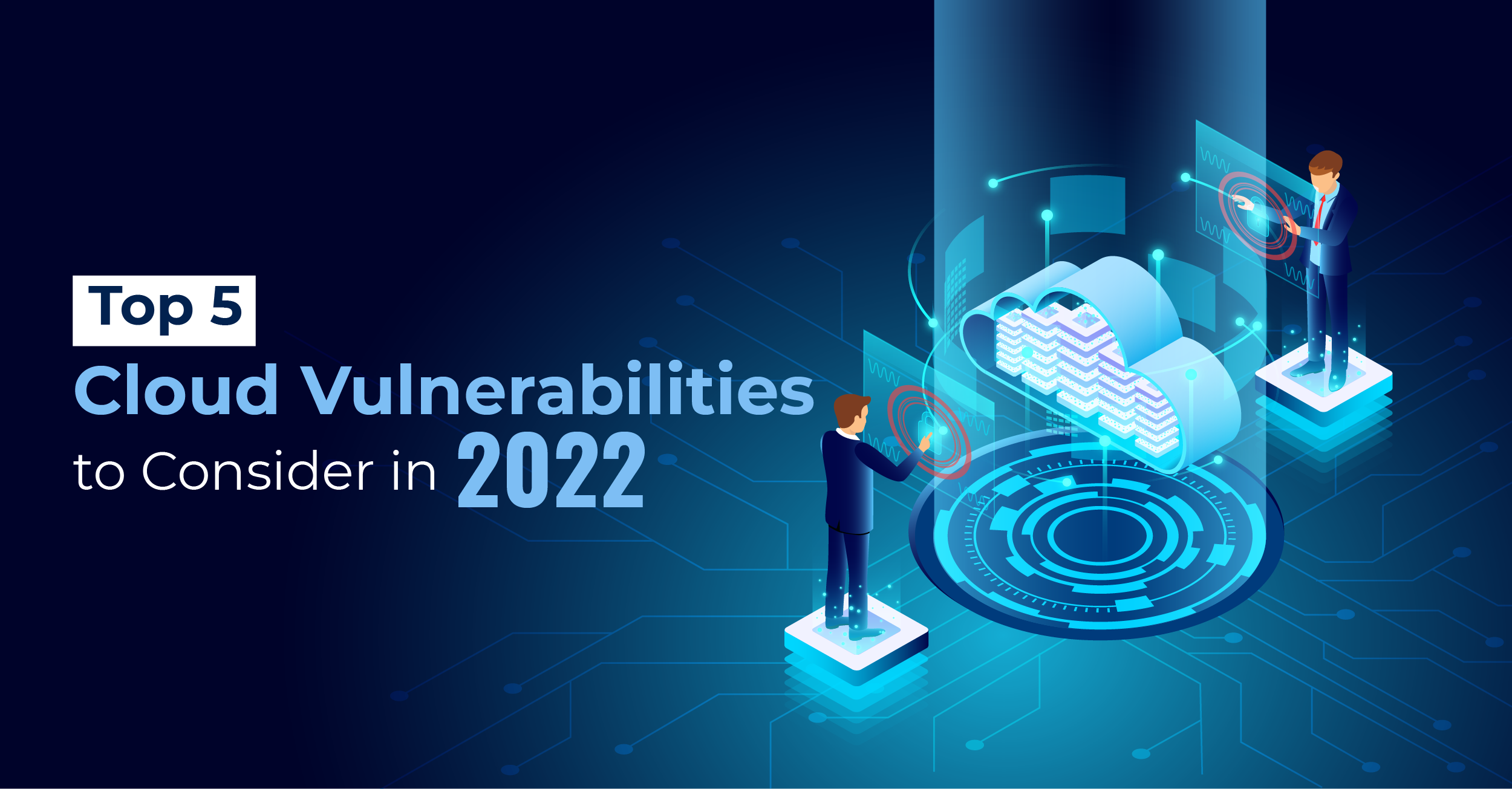Cloud is a Way Beyond the Adage of IT capabilities
Adopting cloud-native is a different pathway for different organizations but the starting point is the same for all, i.e., digital assessment of the entire digital estate like applications, databases, and data itself. Today, cloud-native isn’t just an IT strategy, it has become paramount to focus on its business capabilities. Most organizations are focusing on a hybrid cloud approach to access all the good things about the cloud, though still caught in the limitations of infrastructure. Since cloud-native architecture is the approach to constructing and operating workloads that are built in the cloud, it is easily scalable and secure as a containerized application and XaaS delivery allows for a streamlined approach to managing security and compliance.
“It’s about improving the supply chain of compute.”
–Tim Walton, Partner Technology Strategist at Microsoft Azure
The hyperscalers like Amazon, Google, and Microsoft have moved beyond their niche standard of IT infrastructure services and are embedding major technologies like IoT, blockchain, machine learning, etc. thereby accelerating business capabilities in their traditional models. For such strategies, CTOs need to focus on how to assemble essential cloud components from hyperscalers, as several IT infrastructures at different levels of abstraction are provided by hyperscalers. Cloud-native business capabilities are envisioned and designed based on sourcing from the cloud.
Cloud is the native home for data as well and data being the new gold cannot be kept in a safe space without utilizing the cloud. The true assessment of business capabilities comes with data management which is now at the heart of enterprise to drive revenue and business outcomes. So before an enterprise decides to adopt the cloud for data and analytics they need to figure out whether their priority is analysis and exploration or operational analytics, who will be their strategic partner in the cloud, and others.
Hence, the question arises, how must enterprises capitalize investment on cloud-native for better business capabilities and add to industry-focused solutions?
How Enterprises Can Beget Cloud-native Business Capabilities in Cloud Conundrum?
The majority of cloud journeys fall short when it comes to business outcomes because of a lack of clarity around it. Enterprises need to know where they want to go and where the cloud can take them. Let’s figure out how enterprises can build cloud-native business capabilities:

- Assembly of Cloud Components and Industrialization: To date developers used to construct the cloud-native applications and enterprises were more like builders of IT systems. With the assembly of cloud components, they can become assemblers of business capabilities as this provides new freedom to experiment, scale, and create distinct products and services. This involves cloud template development and deployment services for machines, applications, and services.
Instead of stitching complete cloud components from scratch, IT teams can assemble components from the cloud to meet the needs of target customers and improve customer experience (CX). For such change intervention of CXOs is essential as it needs how and where components need to be assembled to make different customer propositions.
- Development in Multi Cloud Strategy: For the future state of cloud-native business capabilities enterprises are adopting multi-cloud environments to distribute their workload. The adoption rate of multi-cloud and hybrid clouds (Elite Strategies Of Overcoming Barriers To Cloud Adoption And Maximizing Cloud Value) is expected to rise continuously in the years to come. According to the Nutanix report, more than 64% of companies are planning on operating within a multi-cloud environment within the next one to three years.
Multi-cloud trends are moving forward for more workload sharing around the cloud environment, integration costs will be microscopic, and provide additional space for operation in case of failure.
IBM Cloud Pak for automation is a modular set of integrated software components built for any hybrid cloud. With these offerings, clients can transform fragmented workflows.
- Cloud Application Modernization: For migration of custom applications to the cloud, the most important cloud vendor capabilities like robust integration capabilities, flexible compute, a zero-trust architecture approach, and access to cloud-native technologies are important to support continuous cloud application modernization. For cloud application modernization (Cloud Design Patterns For Resilient Application In 2022), enterprises need to see split architectures i.e., across application and database services and fast interconnects across those services.
- Re-engineering Business Systems and Single Application: The task of transforming single applications in the cloud is becoming complex in the current cloud landscape because of numerous dependencies and points of integration and shared data sources. The best alternative is to re-engineer the business system where applications support common business functions, share data resources, and have interwoven dependencies.
Following the hyperscaler approach can help enterprises see through the window of business capabilities of cloud-native, as they are now commercializing functions that were built for their use. For example, AWS provides the payment fraud checks that were developed for its online marketplace as an external service.
- Cloud for Constructing Data Ecosystem: Cloud is enabling a new business model that entails transformation, putting data at the heart of the enterprise to drive revenue and other business outcomes. Cloud can help unlock the data through open data sets. Cloud data management greatly facilitates the integration of data from across the enterprise and beyond data hubs and meshes. Allowing the use of automation imposes extra discipline in data management and increases the range of options for storing data.
To win stakeholders’ expectations and enhance customer experience, enterprises need to clear the business goal while being cloud-native. Hence businesses need to take control over their cloud journey to keep the line of sight clear which should be taken care of by CXOs.
Conclusion:
Leveraging Applications via APIs will Unlock New Possibilities
Most of the hyperscale providers have sprung up to provide business services in the cloud and expand their range of services though less effective as compared to on-premise. Unless businesses opt for a hybrid or multi-cloud approach, they can’t bring differentiation and innovation.
Secondly, opening up their application via APIs to provide business services for their partners and customers for use, will unlock new distribution channels and will become a new platform to connect customers and partners.
Enterprises must therefore consider two key angles for cloud-native innovation i.e., business vision, taking imagination beyond constraints, and technology insights to define what is possible in practice.
Techment Technology’s mission is to help companies navigate their unique journeys to the cloud and provide them with clear business outcomes. For more information, get free consultation.
 All Posts
All Posts


